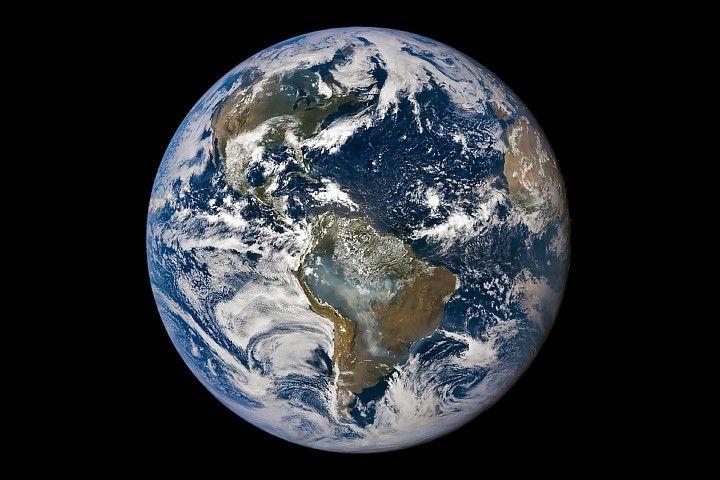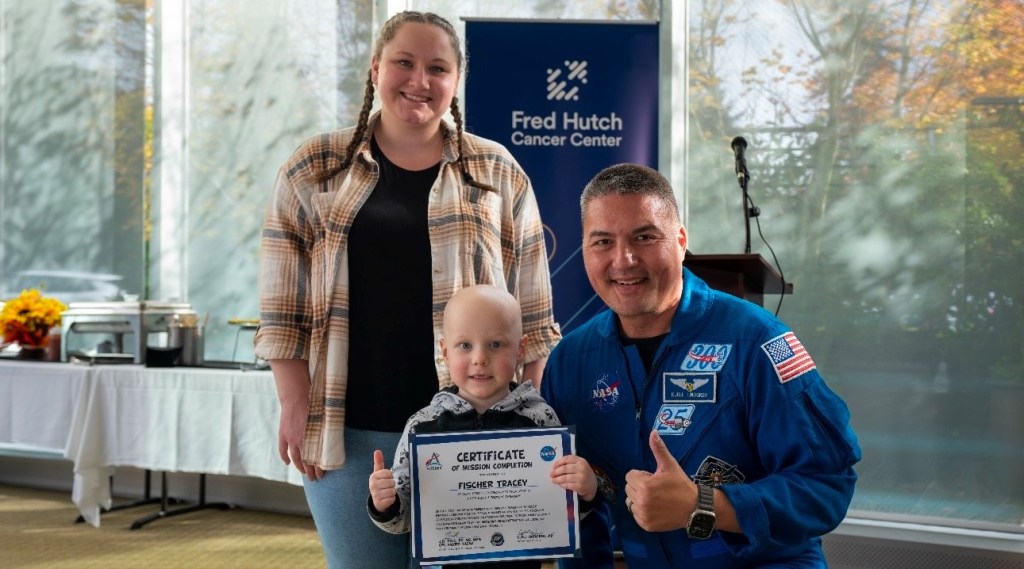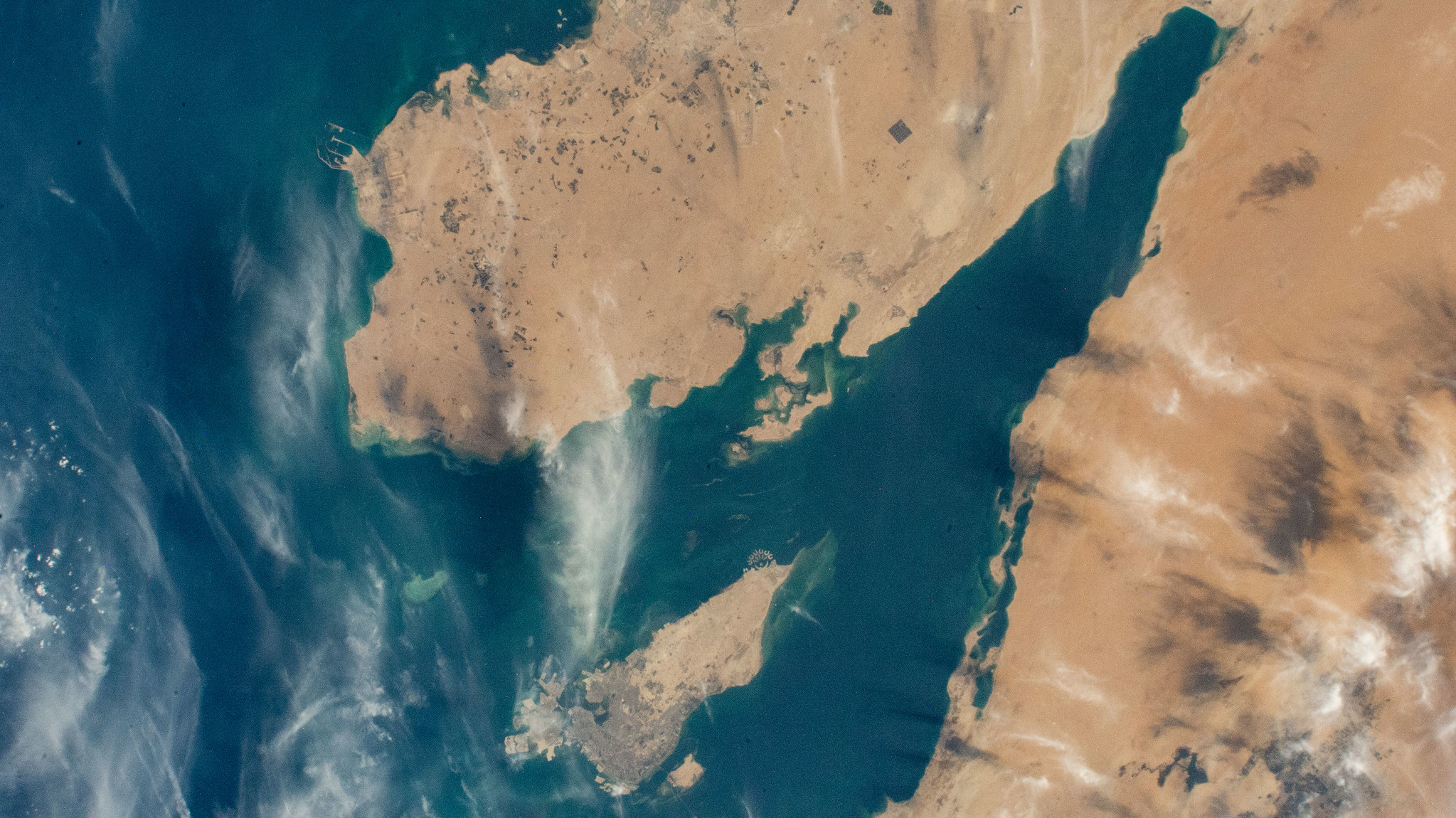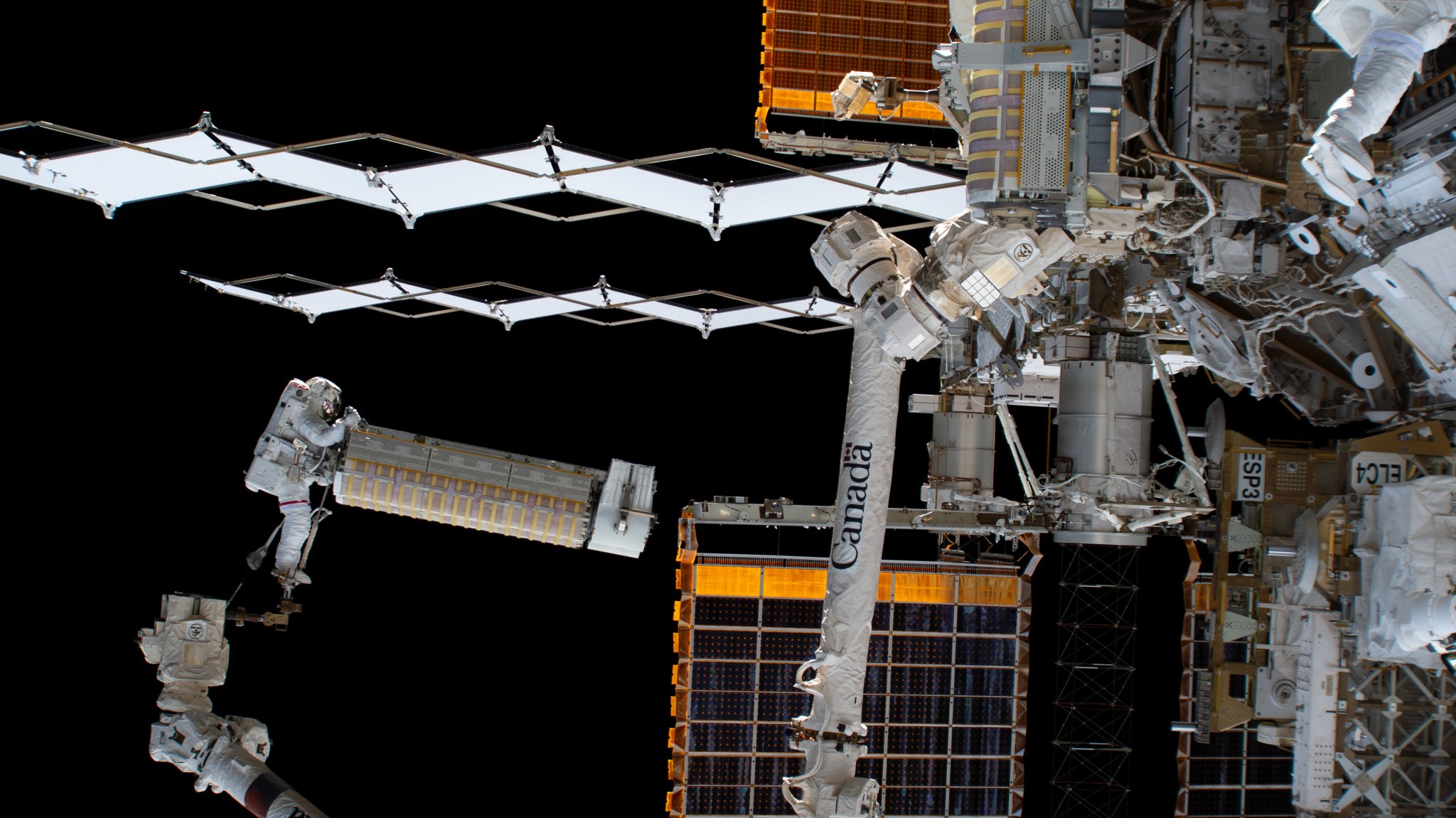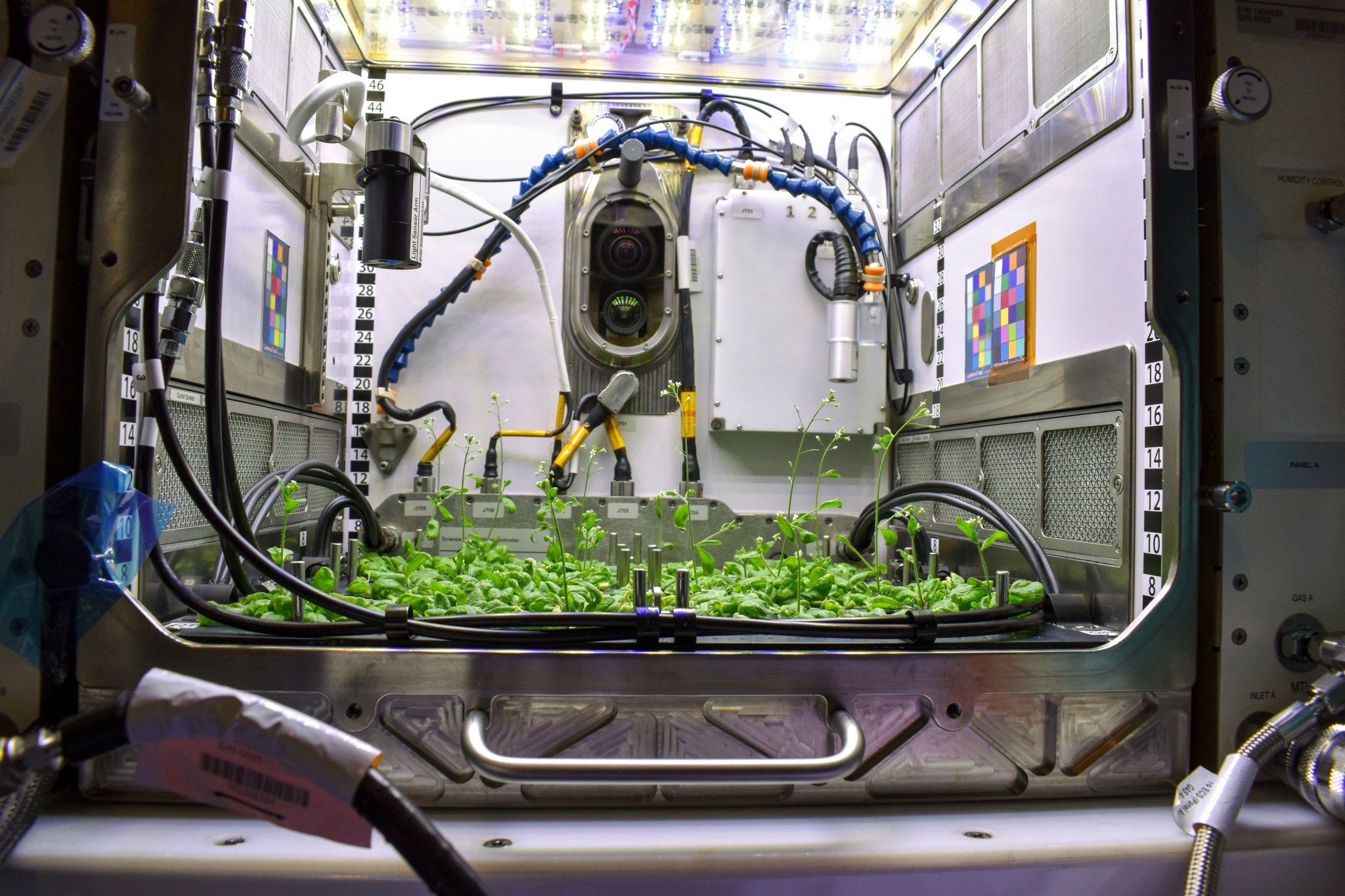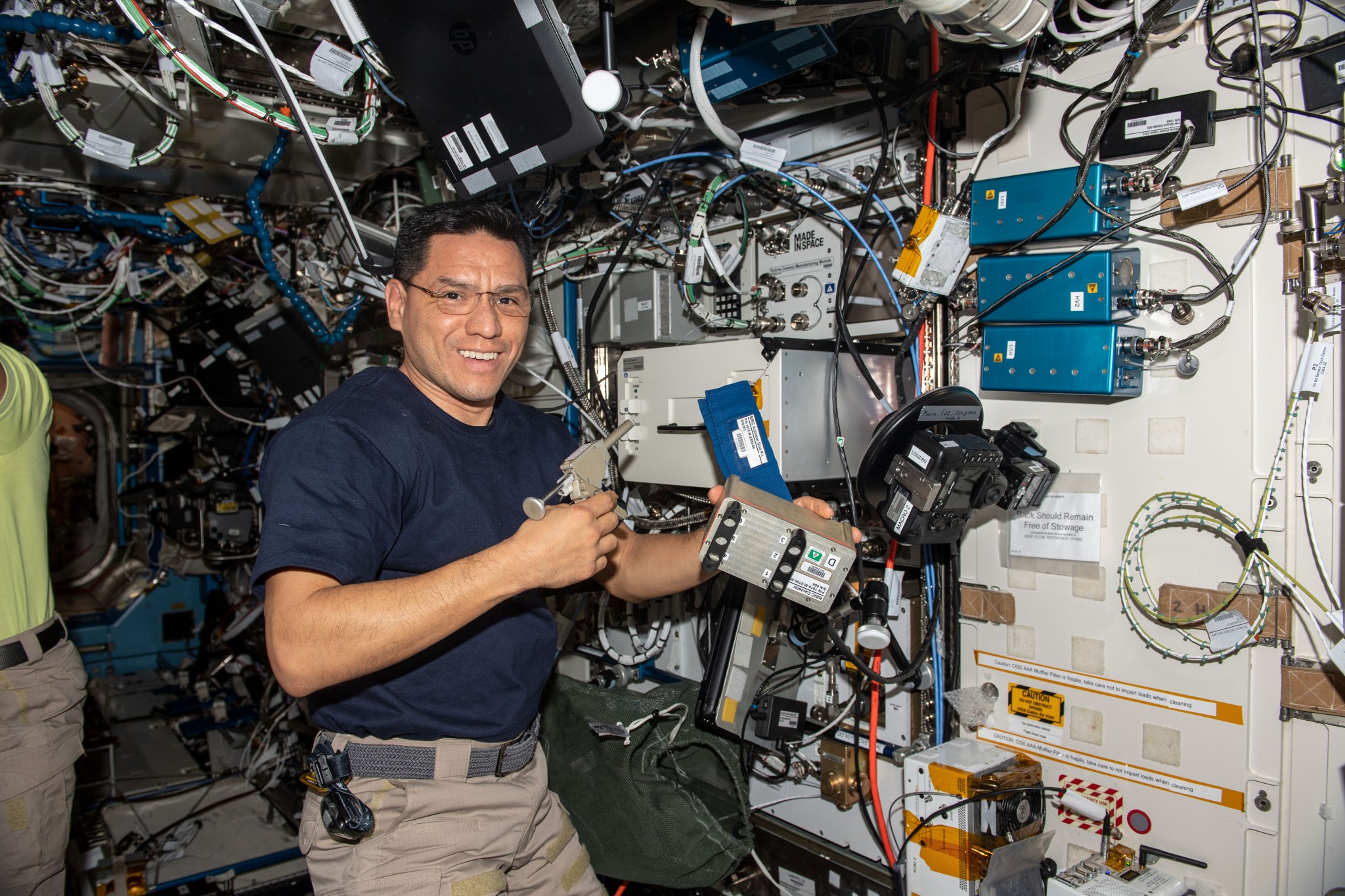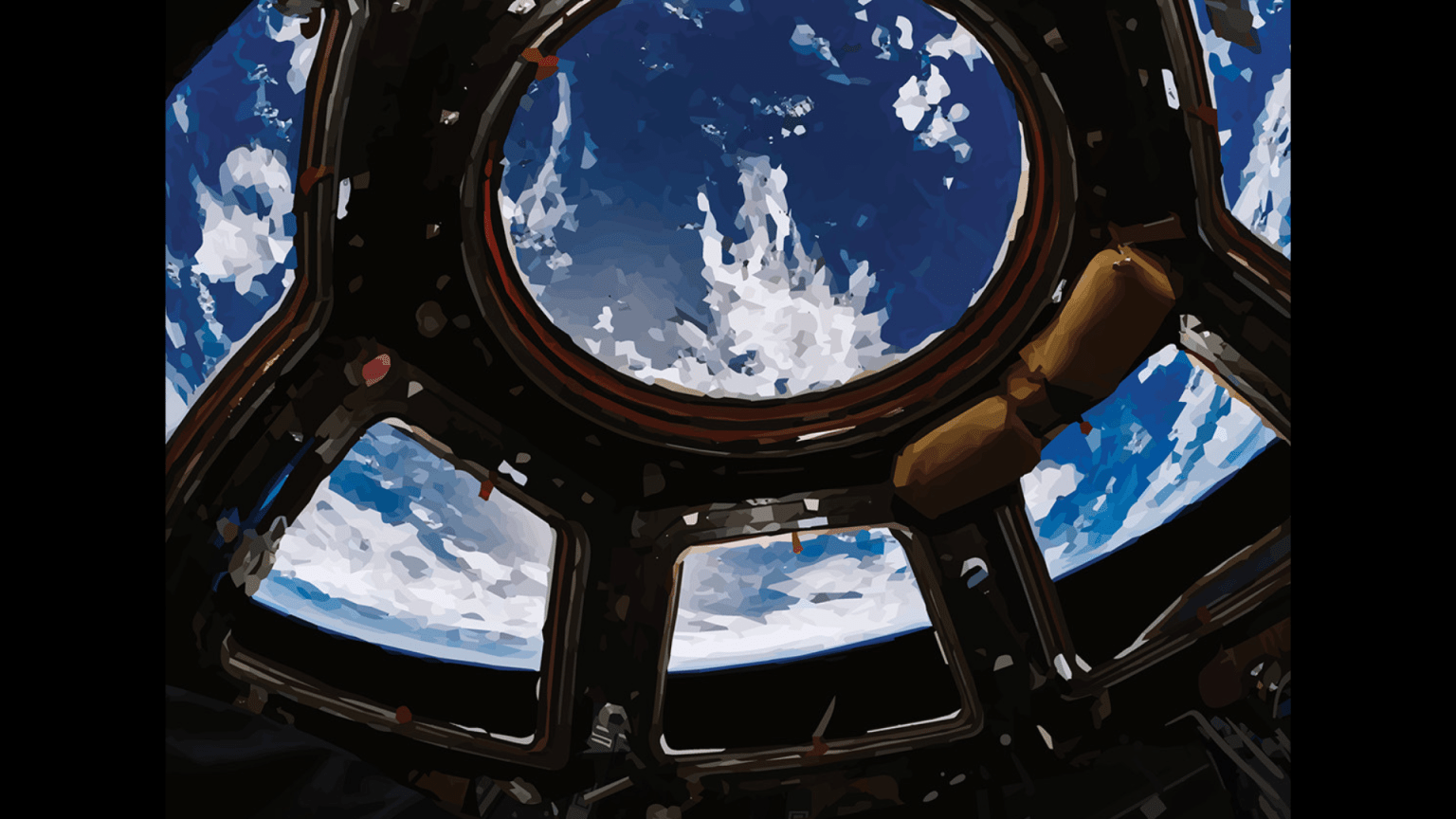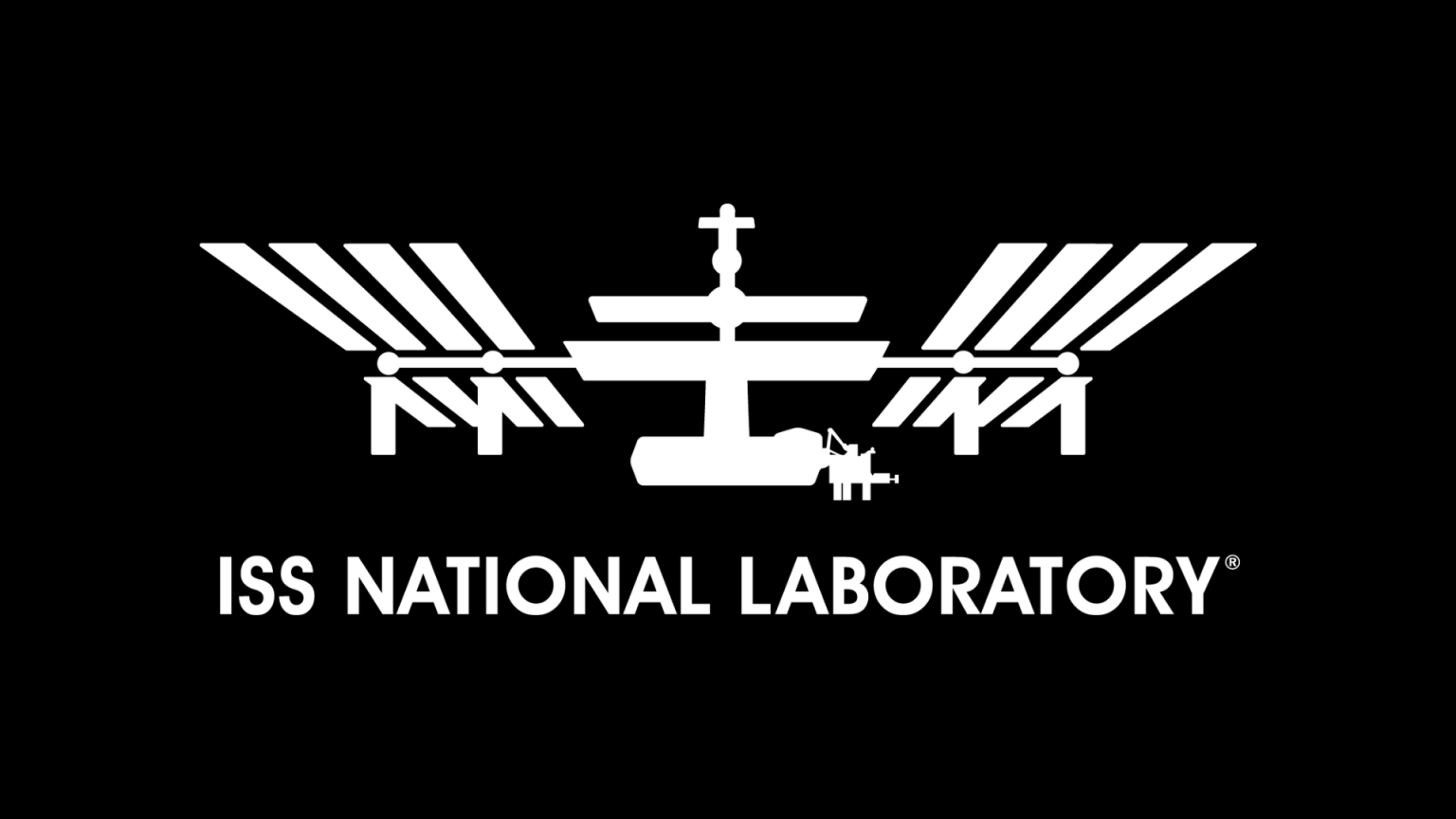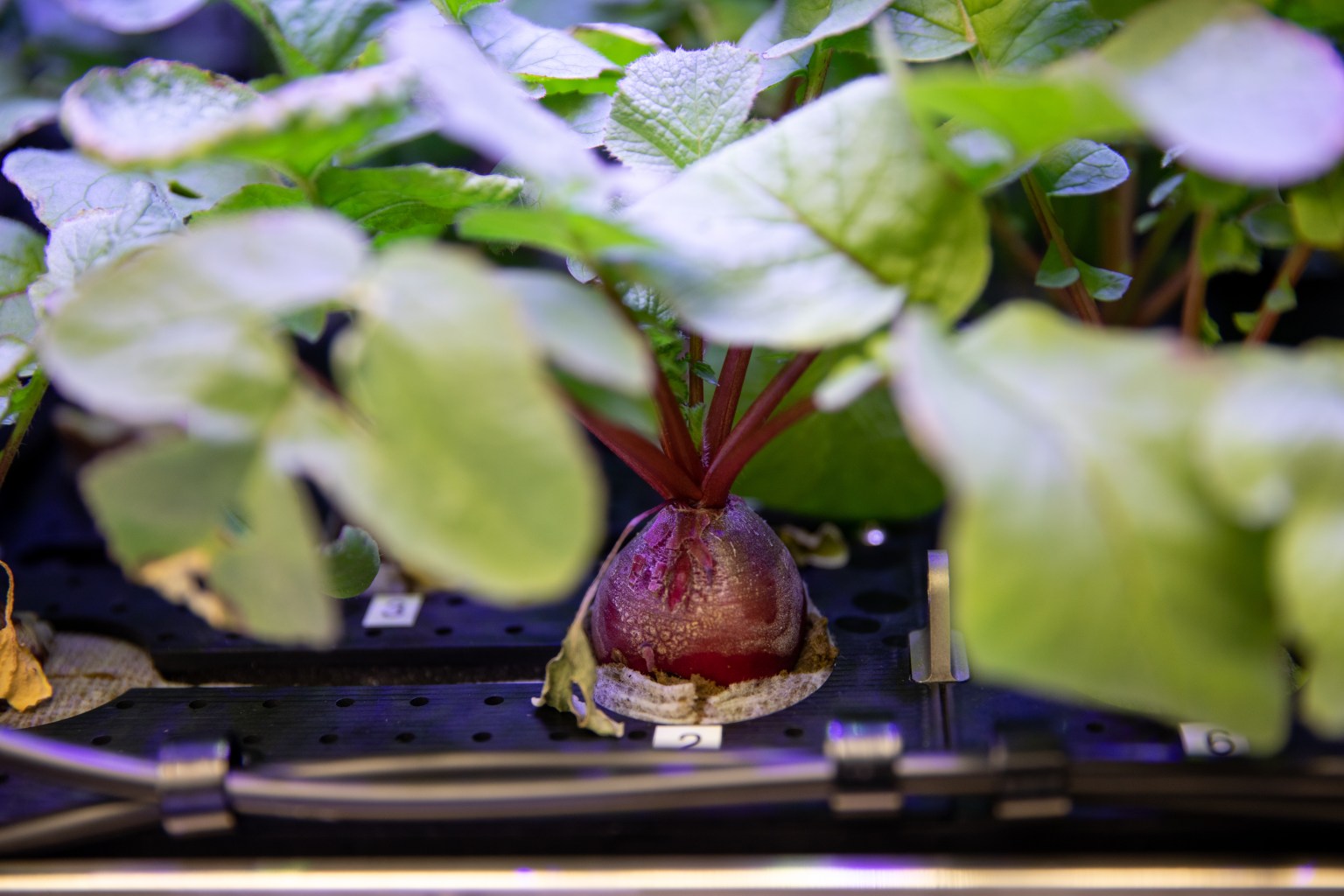Lee esta historia en español aquí.
Crew members aboard the International Space Station conducted scientific investigations during the week of Dec 5 that included assessing transfer of adaptation to space from one generation of plants to another, evaluating a treatment for biofilms, and measuring microgravity’s effect on bacteria.
Here are details on some of the microgravity investigations currently taking place aboard the orbiting lab:
Generations of plant genes
Organisms sometimes react to their environment through a process known as epigenetics. Sponsored by NASA’s Biological and Physical Sciences-Space Biology, the Plant Habitat-03 investigation assesses whether epigenetic adaptations in one generation of plants grown in space can transfer to the next generation. Results could provide insight into how to grow repeated generations of crops to provide food and other services on future space missions. This investigation also could provide a better understanding of how epigenetic changes affect an organism’s ability to adapt to environmental stress, supporting development of strategies for adapting crops for marginal and reclaimed habitats on Earth. During the week, crew members prepared hardware for the investigation.
Battling biofilms
Biofilms are bacterial communities that grow on surfaces. Previous research shows that spaceflight can increase formation of biofilms and change their structure, which could represent potential risk to astronauts on future missions. STaARS BioScience–15, sponsored by the ISS National Lab, evaluates a treatment for eliminating biofilms that is safe for crew members and equipment. A better understanding of these microbial communities in space could improve biofilm control on future missions, including Artemis and voyages to Mars. This treatment also has the potential to provide crew members with a safe way to treat water and could lead to improvements in water purification systems on Earth. Crew members retrieved sample plates from frozen storage, allowed them to thaw, and placed them in an ambient temperature location to begin the experiment during the week.
Bacteria genes in space
Microgravity affects characteristics of microbes such as virulence and environmental resistance, but the molecular mechanisms underlying these changes are unclear. Biological Research In Canisters-26 (BRIC-26), sponsored by NASA Biological and Physical Sciences-Space Biology, measures the effect of microgravity exposure on three fundamental genetic processes and their interactions in the bacteria Bacillus subtilis. Results could provide insight into the molecular mechanisms behind changes in the genetic processes and characteristics of an organism caused by exposure to microgravity and extreme environments on Earth. This insight may help researchers develop ways to protect the health and safety of astronauts on future missions as well as people on the ground. During the week, crew members activated canisters for the investigation.
Other investigations involving the crew:
- Neural Integration System, an investigation from the Japan Aerospace Exploration Agency (JAXA), examines how microgravity affects the nervous system. Results could support development of countermeasures to help maintain human health and well-being on future space missions and help people with related diseases on Earth.
- Rhodium Microgravity Bioprospecting-1, sponsored by the ISS National Lab, studies a way to search for microbes that may yield substances with commercial value due to changes induced by exposure to space. Results could expedite the discovery in microgravity of substances in plants and animals with potential uses in medicine and industry on Earth.
- OVOSPACE, sponsored by the Italian Space Agency (ASI), examines the effect of microgravity on bovine ovary cell cultures. This research could improve fertility treatments on Earth and help prepare for future human settlement in space.
- The ESA (European Space Agency) investigation OSTEOGENIC CELLS looks at whether bone loss in microgravity is restricted to a particular osteogenic or bone-forming cell type. Insight into the mechanisms behind bone loss could support development of countermeasures to maintain bone health in crew members on future missions and advance prevention and treatment for people with osteoporosis and other age-related conditions on Earth.
- Suture in Space, an investigation from ESA, studies the behavior of sutured wounds and the mechanisms of tissue repair and regeneration. A better understanding of the role of mechanical stress in the healing of sutured wounds could help determine requirements for suturing materials and techniques suitable for future space missions to the Moon and Mars.
- ESA’s Lumina demonstrates a dosimeter using optical fibers to monitor in real time the radiation dose received by crew members. Monitoring radiation exposure is key to crew safety, and this technology has potential applications in the medical and nuclear industries on Earth.
John Love, ISS Research Planning Integration Scientist
Expedition 68














